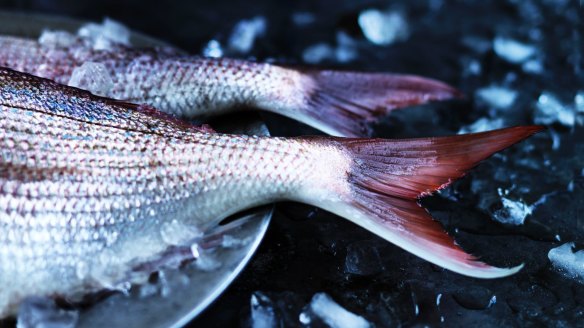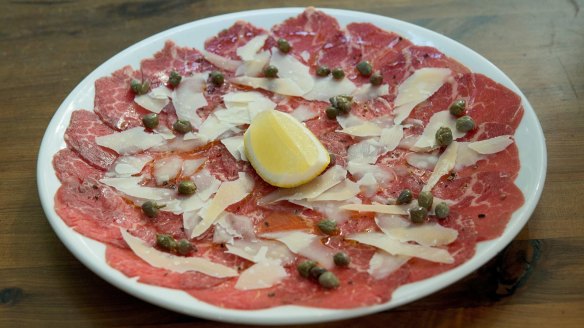The secret to silkier bolognese sauce

I have read that milk makes for better bolognese but I am lactose intolerant. C. Power
The late, great Marcella Hazan, an Italian-born American cookbook writer, popularised the use of milk in bolognese recipes. In her version , the chopped onions, celery and carrots are cooked in a little oil and then the minced beef is added until it loses its red colour but has not browned. After this, a cup of milk and a pinch of nutmeg is added. The thinking was that because the meat was not browned but cooked in milk, the protein in the meat would not bind as tightly. But The Food Lab's J. Kenji Lopez-Alt cooked two batches of minced beef, one at high temperature in pure stock and another gently in milk. After the liquid was drained, both methods produced meat that was equally tender. Lopez-Alt did note that when eaten, the mince cooked in milk had a silkier texture. There is some thinking that the proteins in the milk may give the perception of a smoother sauce. So give it a go with lactose-free milk and tell us how you went.

Should I rest fish after I cook it? M. Villanti
So many chefs overcook fish. I think there is such a fear in the hospitality industry of sending out undercooked fish that they cook fish until done, remove it from the heat and then the residual heat continues to cook the fish, driving the juices out of the muscles and resulting in a tougher, drier fish. If you're an inquisitive cook, remove the fish from the heat until it's just this side of being done. Set it aside for a few minutes. During this time the residual heat should finish the cooking and let the liquid released by the cells in the muscles be partially reabsorbed. There are myriad variations dependent on size, shape of cut, species and cooking method. Give it a try with something like snapper fillet or flathead in a pan and some butter.
Beef can be eaten raw in tartare or carpaccio, rare in steak or roast beef, but we are told to cook minced beef rissoles or burger patties to well done. Why? J. Griffin
Minced meat takes in muscles from all around an animal, including those that were on the surface when the animal was processed. Mincing cuts all the muscles up and mixes them together. If there was any kind of bug on the outside of the beast before mincing, it would have been well and truly mixed through all the tiny bits of meat. If this beef mince was kept at unsafe temperatures, it would become the perfect substrate in which those bugs could breed. This is the reason we're advised to cook minced meat right through to the centre, with no pink visible. Beef tartare and carpaccio are hand-cut from internal muscles, thus posing less risk of being exposed to bacteria from the exterior of the beast. Prepared shortly before service and stored under four degrees, they are safe to eat. That said, health authorities are quite nervous about beef tartare, which also includes raw egg. They advise people with compromised immune systems and pregnant women not to eat it.
Send your vexing culinary conundrums to brainfood@richardcornish.com.au or tweet to @realbrainfood.
Appears in these collections
Restaurant reviews, news and the hottest openings served to your inbox.
Sign up- More:
- Restaurant news
